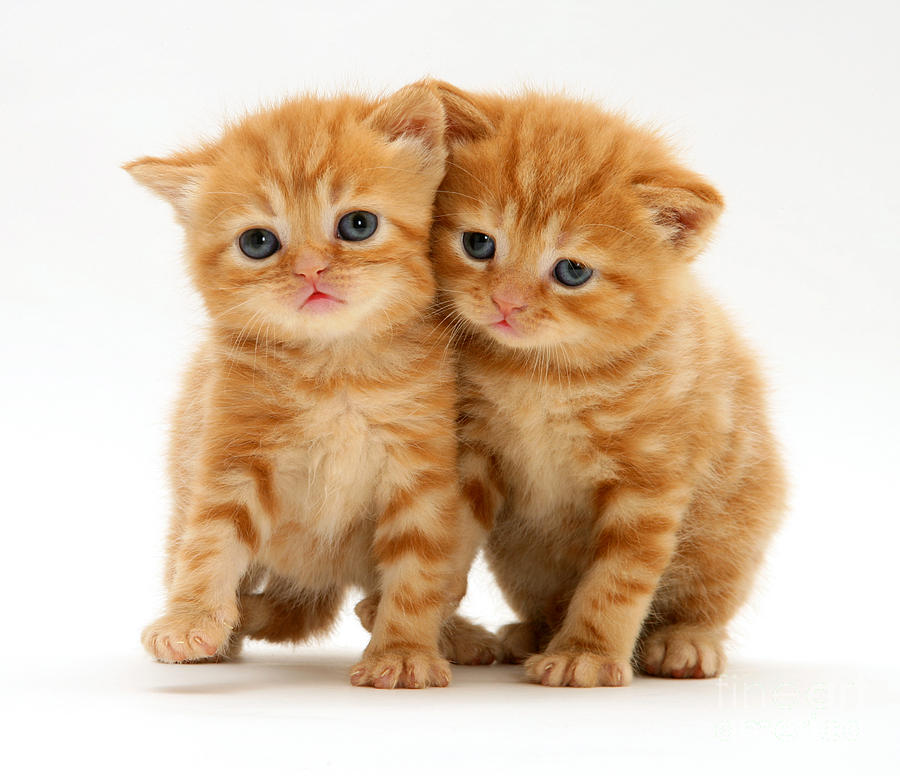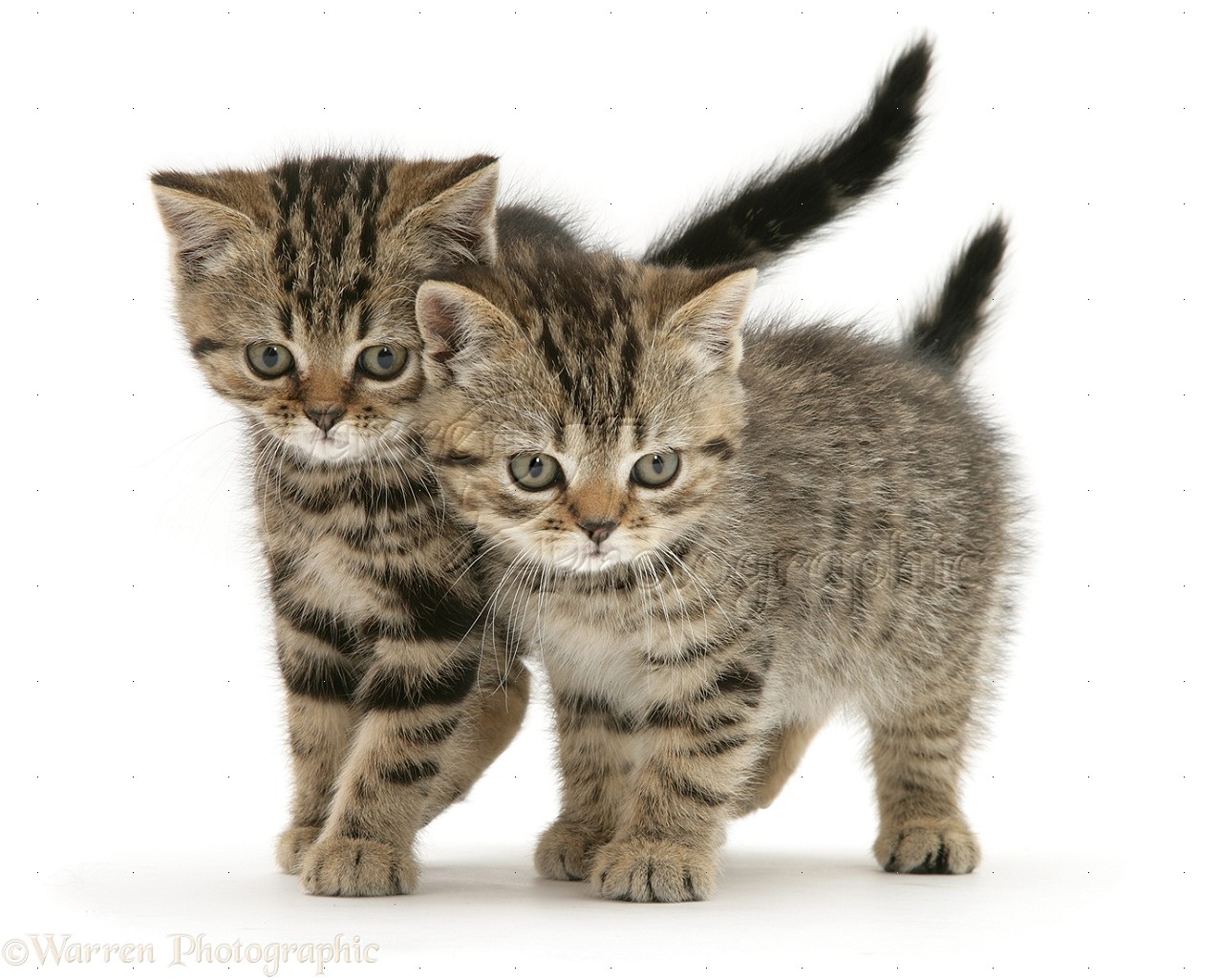

This mutation causes the production of melanin, which is the pigment that gives hair its color, to be completely absent. The white coat of a British shorthair is the result of a genetic mutation. The cat’s eyes should be a strong coppery orange or rich amber this can take a few months to fully manifest, with many British Blue kittens having eyes of flat brown until they grow into their adult colour. Nose leather and toe pads should also be blue to match the cat’s coat. In kittens, silver tipping is permissible but the cat needs to outgrow it in order to become a really top-class show animal. In particular, there should be no white hairs anywhere. To Blue British Shorthair’s coat is completely solid and very pure: a dense, crisp coat of light to medium blue-grey, without any spots or even a hint of tabby striping. Regardless of how faint the color may be, a British shorthair with a blue coat is still considered to be a blue British shorthair. This can result in cats with a lighter coat or even partial blue coloring. It’s also one of the most genetically recessive, which means that not all cats carrying the gene will express it fully. The blue coat is often described as “smoky” or “ashy” and is one of the most sought-after colors in the breed. Some people think of the blue British shorthair as the “dove” of the cat world, due to its soft, muted coloring.

The blue coat can be anywhere from light to dark, but it always has a bluish tinge to it. This color is caused by a gene that dilutes the black pigment in the fur, and it’s recognized by all major cat associations.

With its round eyes and the suggestion of a permanent smile, the British Shorthair cat’s face has a natural friendliness that can’t help but charm anybody who meets one.īritish shorthairs come in a variety of colors, but the most popular is the blue variety. The face of a British Shorthair cat has large whisker pads and, in some males, noticeable jowls. The chin should be nice and strong, lining up perfectly with the nose. A British Shorthair’s skull is brachycephalic but not to an overly pronounced degree this breed has a slightly snub nose, not a squashed one. The small ears are rounded and set rather far apart on the kitty’s head, which makes her head look even rounder than it already is. The ideal British Shorthair has short, well-developed limbs, round paws and a blunt tail with a broad base. Physically these cats are very engaging: the breed standard calls for a stocky, muscular body (termed “cobby” in the official descriptions) with a broad chest. When provoked, she prefers to take her to leave and make a graceful exit to the nearest high spot rather than throwing a tantrum. The British Shorthair makes a great companion for individuals and families with children.The British Shorthair is a friendly character, quite laid-back and not prone to hostility or destructiveness. Often described as being “teddy bear-like”, this breed is affectionate, good-natured and fiercely loyal, as well as playful and curious. The British Shorthair is one of the oldest cat breeds.

They are not particularly acrobatic, with a much calmer nature than some breeds. These cats are considered to be fairly balanced and people-friendly. The British Shorthair is a simple breed through and through, with a friendly, quiet character that makes it perfect for keeping with children and animals. It is classic and most common color of British cats. The rarest and genetically more interesting solid colors are cinnamon and fawn ( at first glimpse these colors look a lot like chocolate and lilac and only expert can see the difference, in some cases only by taking genetic test). What is the rarest colour of British Shorthair? Silver Tabbies are just as likely to be male as female, so you have a 50% chance of getting either offspring. But that’s not the case with silver Tabbies. Upwards of 80% of all orange Tabby cats are male, making female orange Tabbies a rarity. The markings should be clear and there should be no white hair whatsoever. Tabby Colors The coat of a tabby British Shorthair is characterized by either classic tabby markings, spotted tabby markings, or mackerel tabby markings. If you go to a reputable breeder, expect to pay around £1200 in the UK ($900 in the US or $1200 in Australia) these numbers are not currency conversions, by the way, they reflect the different price you’ll pay for this breed in different countries.


 0 kommentar(er)
0 kommentar(er)
